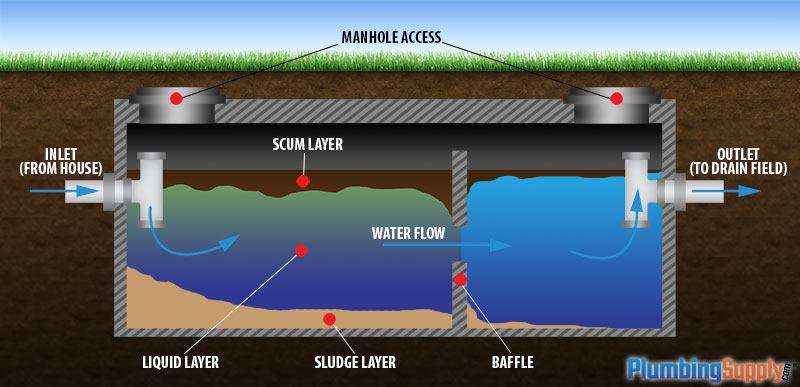how a mound septic system works
Because the waste water is allowed to seep through the soil this system is widely known as a mound septic system. A commercial septic system uses a septic tank to break down wastewater and a leaching field to distribute the wastewater evenly into the soil.

Mound In A Box Onsite Installer
Once the effluent liquid arrives at the sand mound it is distributed through a network of perforated pipes similar to a grid throughout the sand mound.
. A mound septic system functions in much the same way as other septic systems. A mound septic system is an alternative to other septic tank systems as it rests near the top of the ground and does not use a container for the waste. This is a relatively common septic field that is installed on a.
The wastewater enters the tank where it is. The mound system includes a septic tank a dosing chamber and a mound. The wastewater from your house flows into the septic tank first while the mound septic.
The constructed sand mound contains a drain field trench. The water is safely. Mound septic systems are often used in areas where the water table is high or where the soil is poorly drained.
Effluent from the septic tank flows to a pump chamber where it is pumped to the mound in prescribed doses. Septic systems work in the same way traditional sewer systems do at the start. The sand mound septic system is a drain field that is raised above the natural soil surface in a specific sand fill material.
Anne Arundel County Department of Health Maryland 473 subscribers This video explains what a mound septic system is how it works and how to properly maintain it. A mound septic system consists of a. Within the sand fill is a gravel-filled bed with a network.
The basic process through which the system accomplishes this task starts by separating heavy solids light solids and effluent. Mound septic system. As you can see mound septic systems can be bulky and quite expensive costing you anywhere between 10000 to 20000 on average plus an additional 400 to 500 annually to maintain.
The mound system works in a manner similar to the tank. As the name suggests the mound is elevated and consists of a gravel-filled layer and sand layers into which effluent must fill through. Its job is to hold the wastewater long enough to allow solids to settle down to the bottom forming sludge while the oil and grease floats to the top as scum.
Heavy and light solids are treated and broken. Todays Down Dirty is a quick overview of an engineered septic field called a mound system. This type of septic.
A conventional septic system will include a distribution box to help distribute the wastewater evenly among the trenches to ensure maximum wastewater to soil contact. A system of small diameter pipes is. Wastes from homes are sent to the septic tank where the solid portion sinks to the bottom of the tank.
Water from your sink toilet washing machine or any other source leaves your house.
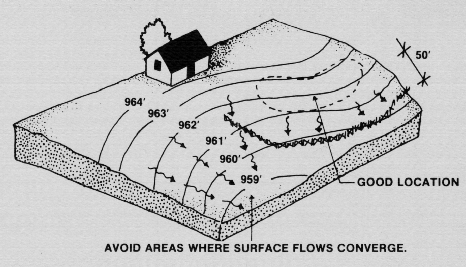
Id 163 Steps In Constructing A Mound Bed Type Septic System
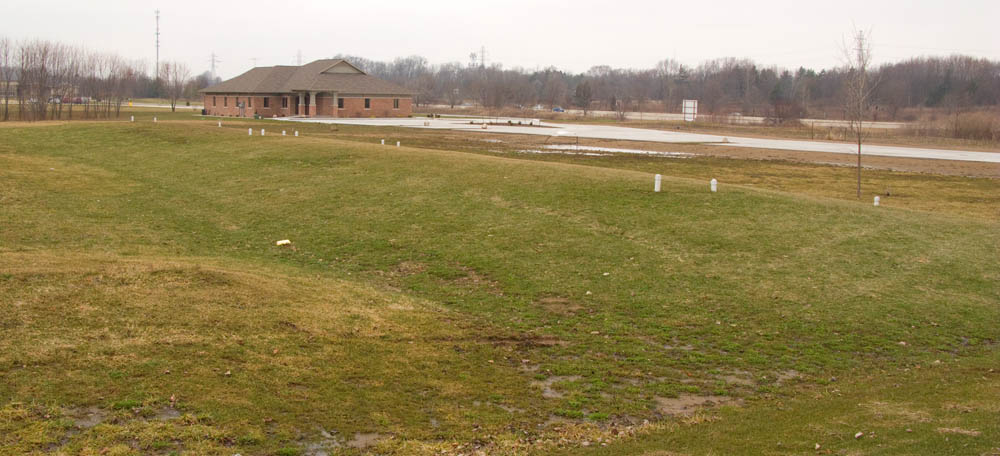
Mound Septic Systems Meade Septic Design Inc
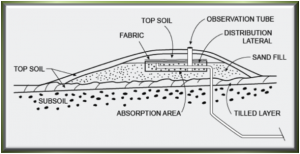
Mound Septic Systems Becker Mn Minnesota Septic Systems
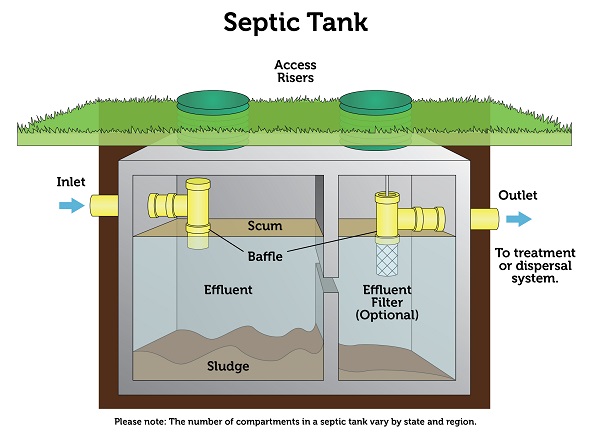
Types Of Septic Systems Us Epa
How A Conventional Septic System Works Tangent Company Llc
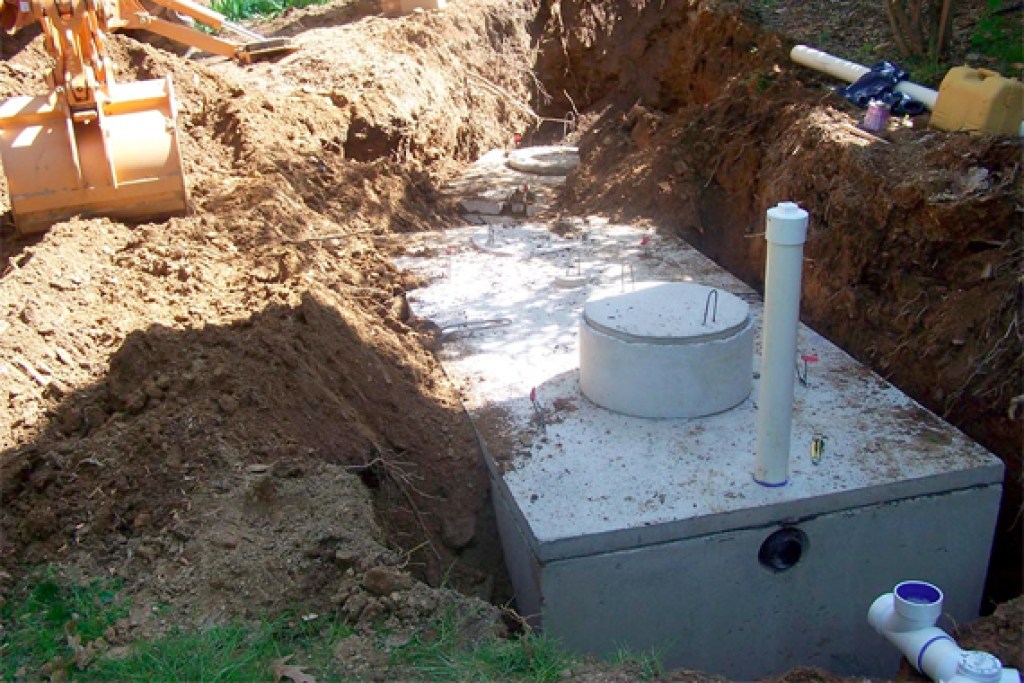
Understanding Septic Systems Septic System Facts And Info

Homestead Septic System Primer Anaerobic Mound Aerobic Country Homestead Living Living The Homestead Life

What Types Of Septic Systems Are There Unique Drain Septic

Types Of Septic Systems Three Oaks Engineering
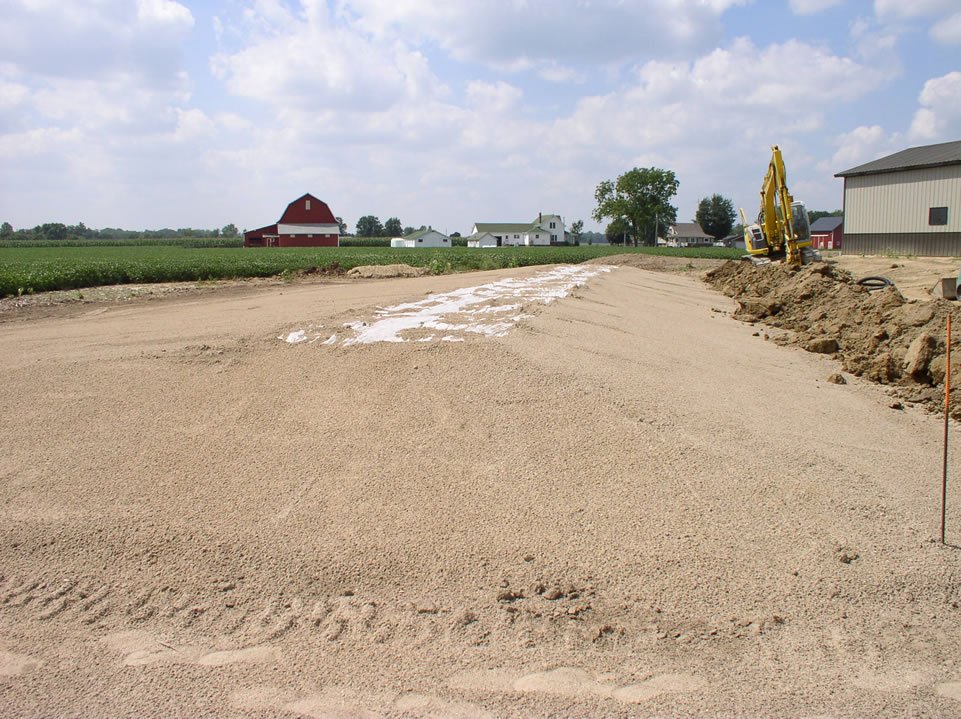
Mound Septic Systems Meade Septic Design Inc

Is There An Alternative To A Mound For Your Septic System Landsaver Systems
Understanding And Maintaining Mound Systems Humboldt County Ca Official Website

Septic Systems Operation Installation Repair Of Septic Tanks Septic Fields Septic Designs Alternatives Soakbeds Aerobic

Alternative Septic Systems You Should Consider Mr Rooter
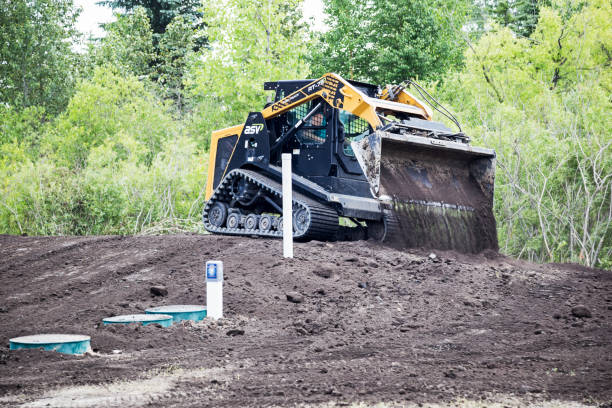
Pros And Cons Of Mound Septic Systems Fiskdale Sturbridge Ma

